Malevich: Revolutionary of Russian Art – reviews
The Mona Lisa of modernism, Black Square, is the centrepiece of Tate Modern's compelling survey show
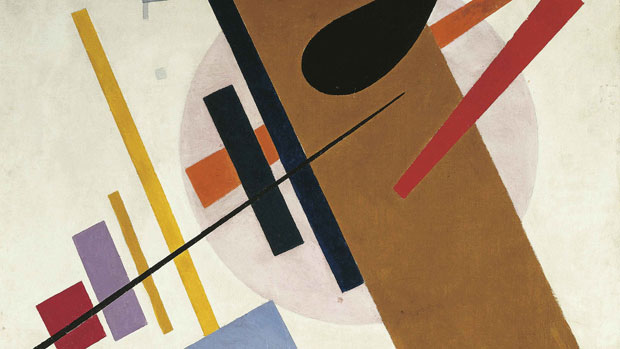
What you need to know
A major exhibition of the work of Russian modern artist Kazimir Malevich - Malevich: Revolutionary of Russian Art - has opened at Tate Modern. Malevich lived and worked during one of the most turbulent periods of Russian history, encompassing the end of Tsarist Russia, the First World War and the October Revolution.
The exhibition charts his artistic journey during this time, from his early paintings of Russian landscapes, agricultural workers, folk and religious scenes, towards abstract painting and his Suprematist masterpieces, including Black Square. Runs until 26 October.
The Week
Escape your echo chamber. Get the facts behind the news, plus analysis from multiple perspectives.

Sign up for The Week's Free Newsletters
From our morning news briefing to a weekly Good News Newsletter, get the best of The Week delivered directly to your inbox.
From our morning news briefing to a weekly Good News Newsletter, get the best of The Week delivered directly to your inbox.
What the critics like
First, go and see that Mona Lisa of modernism, Malevich's iconic Black Square, which "you are unlikely to find it displayed so evocatively again in your lifetime", says Rachel Campbell Johnston in The Times. Then go back and explore this massive show, which presents the viewer with an unprecedentedly rich and expansive view across a career and takes you on a journey into an artist's imagination.
Malevich's many lives of appear in this "fascinating" and extensive retrospective, says Adrian Searle in The Guardian. The partial reconstruction of his 1915 Black Square exhibition is full of life and energy, but there's also a wonderful room of drawings that could be an exhibition all its own.
The iconic Black Square is inevitably the fulcrum of this "beautifully paced and compelling" show, says Ben Luke in the Evening Standard. But it's essentially a drama in three acts: the early years before Black Square, the epiphany of abstraction, then Malevich's later years and his attempts to reconcile Suprematism with figuration.
A free daily email with the biggest news stories of the day – and the best features from TheWeek.com
What they don't like
This is an odd exhibition not just because of the stops and starts of Malevich's painting career but because it overwhelms the viewer in "a tidal wave of words and images", says Richard Dorment in the Daily Telegraph. An indigestible gallery of charts and graphs and an enormous stand-alone survey of graphic work surround the iconic Black Square, and this kind of overkill can be counterproductive.
Photo Credit:
Kazimir Malevich, Supremus No. 55 1916Krasnodar Territorial Art Museum
-
 The Mint’s 250th anniversary coins face a whitewashing controversy
The Mint’s 250th anniversary coins face a whitewashing controversyThe Explainer The designs omitted several notable moments for civil rights and women’s rights
-
 ‘If regulators nix the rail merger, supply chain inefficiency will persist’
‘If regulators nix the rail merger, supply chain inefficiency will persist’Instant Opinion Opinion, comment and editorials of the day
-
 Trump HHS slashes advised child vaccinations
Trump HHS slashes advised child vaccinationsSpeed Read In a widely condemned move, the CDC will now recommend that children get vaccinated against 11 communicable diseases, not 17
-
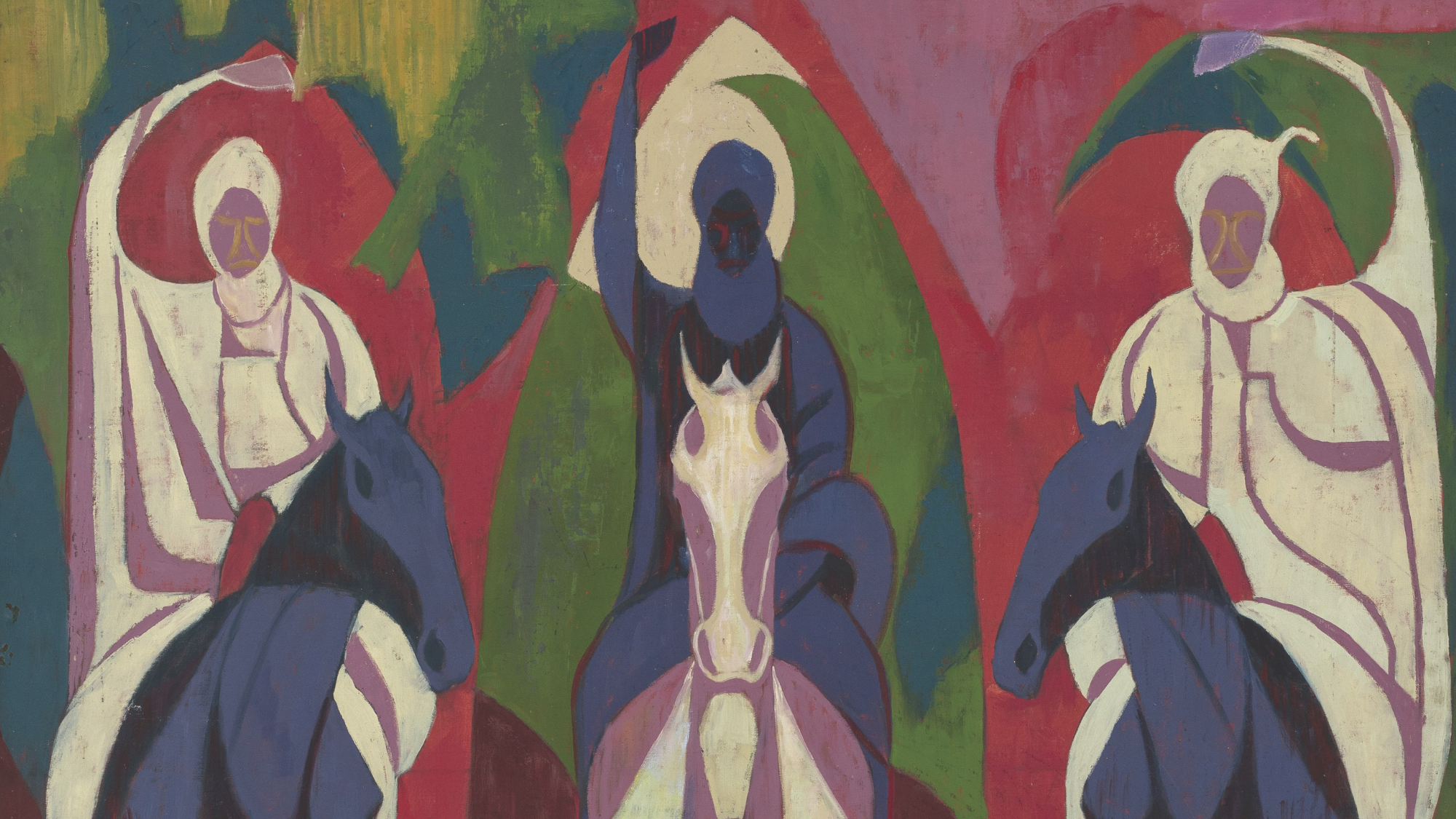 Nigerian Modernism: an ‘entrancing, enlightening exhibition’
Nigerian Modernism: an ‘entrancing, enlightening exhibition’The Week Recommends Tate Modern’s ‘revelatory’ show includes 250 works examining Nigerian art pre- and post independence
-
 Friendship: 'bromance' comedy starring Paul Rudd and Tim Robinson
Friendship: 'bromance' comedy starring Paul Rudd and Tim RobinsonThe Week Recommends 'Lampooning and embracing' middle-aged male loneliness, this film is 'enjoyable and funny'
-
 The Count of Monte Cristo review: 'indecently spectacular' adaptation
The Count of Monte Cristo review: 'indecently spectacular' adaptationThe Week Recommends Dumas's classic 19th-century novel is once again given new life in this 'fast-moving' film
-
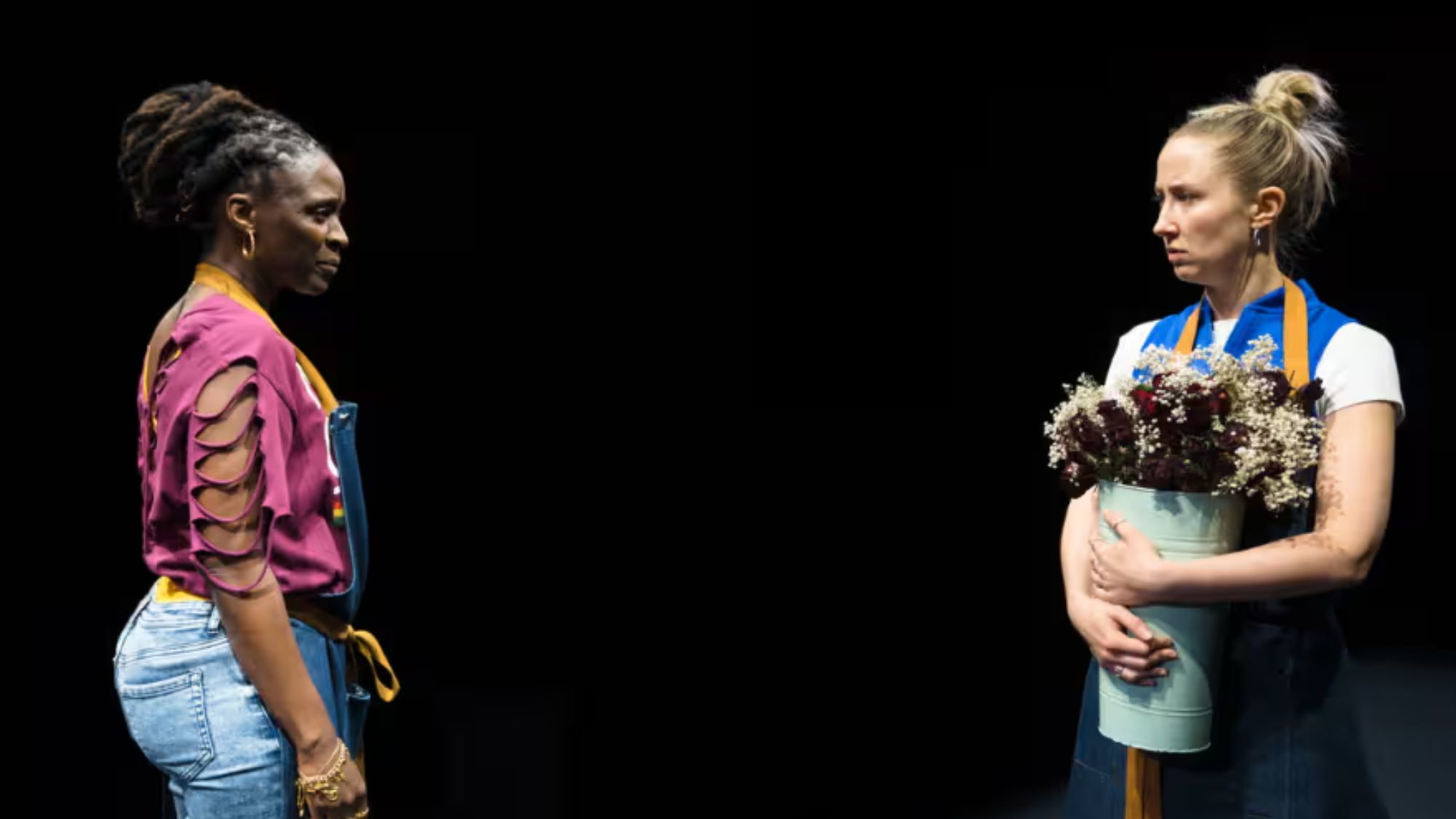 Death of England: Closing Time review – 'bold, brash reflection on racism'
Death of England: Closing Time review – 'bold, brash reflection on racism'The Week Recommends The final part of this trilogy deftly explores rising political tensions across the country
-
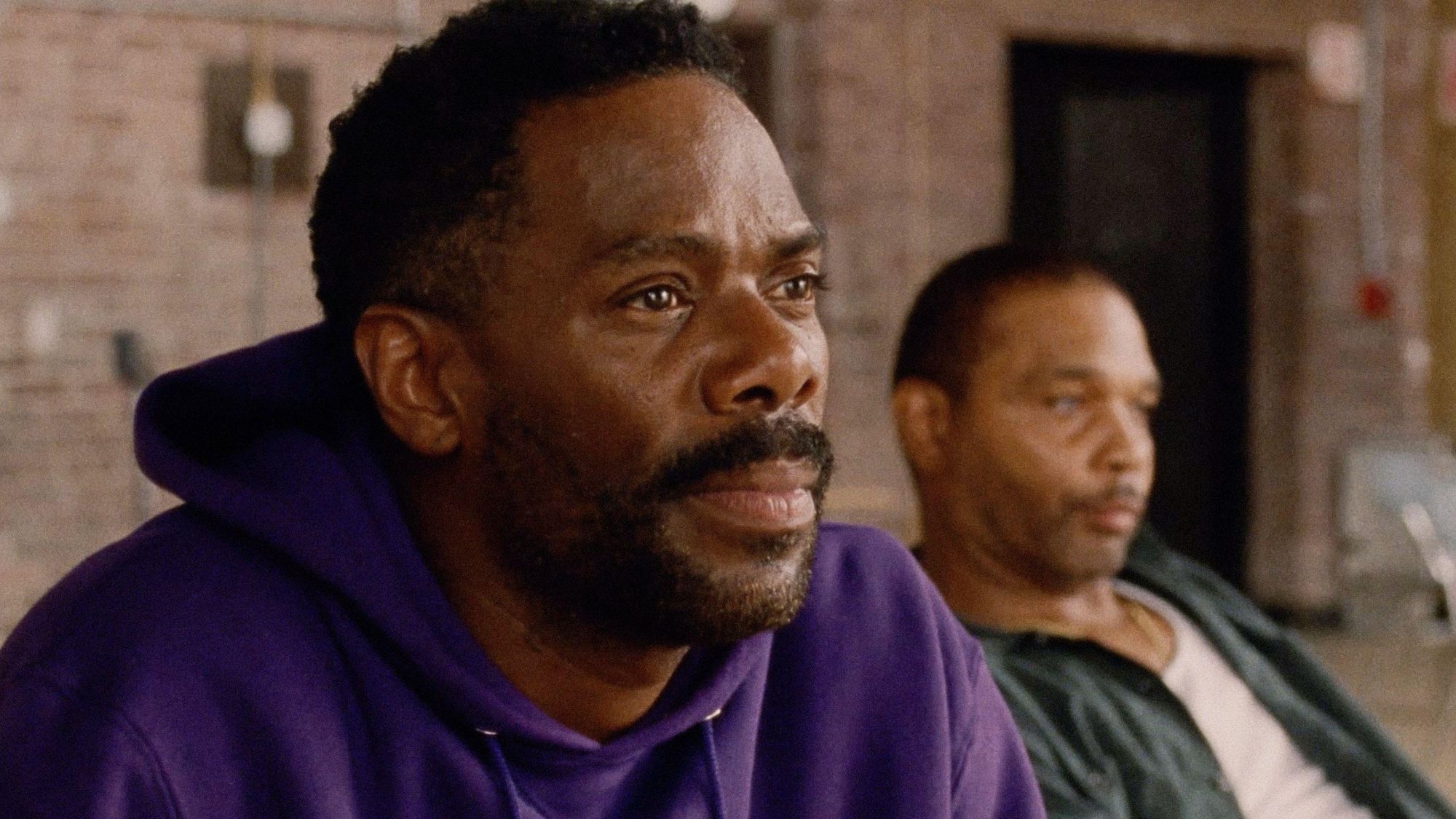 Sing Sing review: prison drama bursts with 'charm, energy and optimism'
Sing Sing review: prison drama bursts with 'charm, energy and optimism'The Week Recommends Colman Domingo plays a real-life prisoner in a performance likely to be an Oscars shoo-in
-
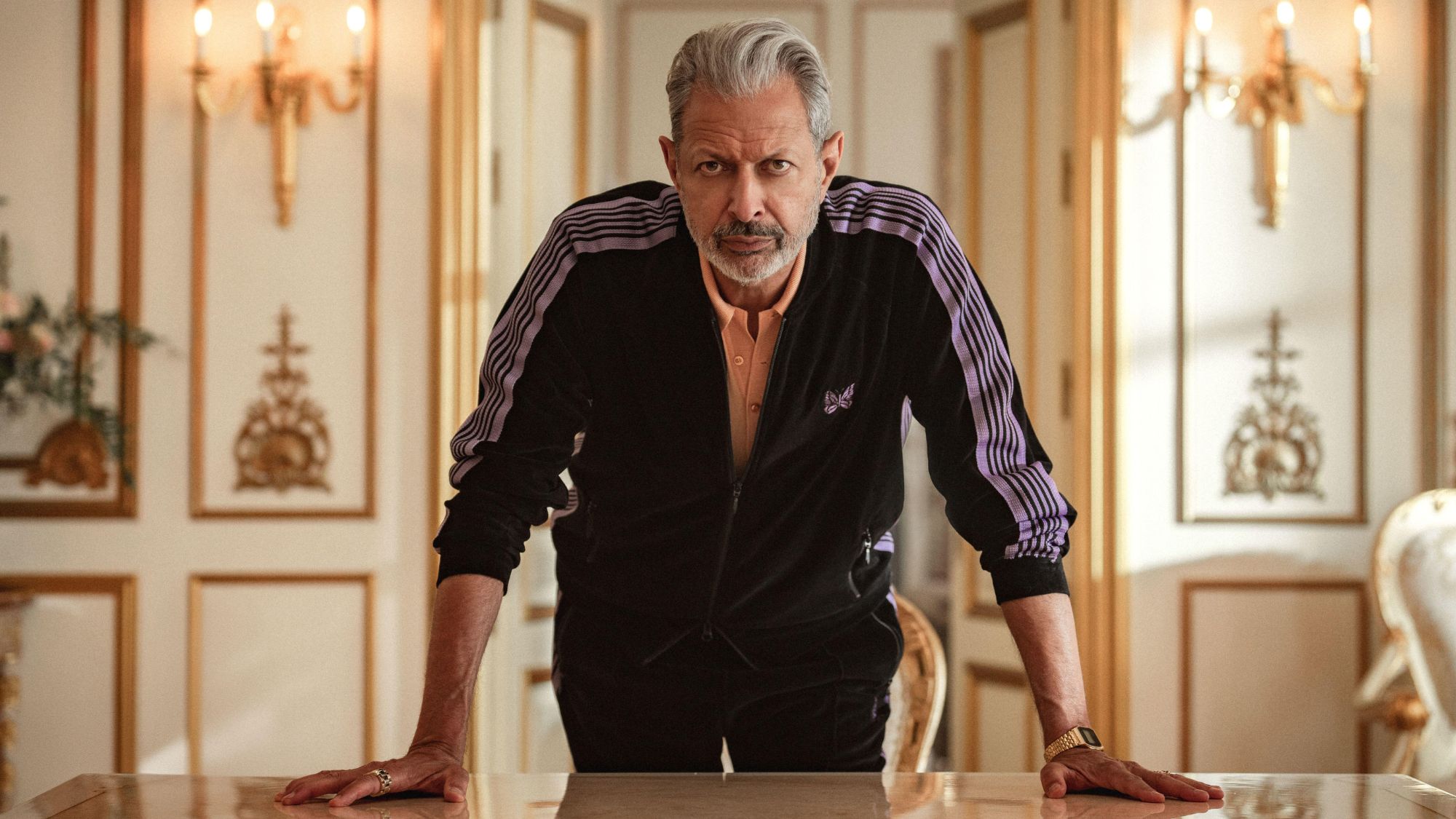 Kaos review: comic retelling of Greek mythology starring Jeff Goldblum
Kaos review: comic retelling of Greek mythology starring Jeff GoldblumThe Week Recommends The new series captures audiences as it 'never takes itself too seriously'
-
 Blink Twice review: a 'stylish and savage' black comedy thriller
Blink Twice review: a 'stylish and savage' black comedy thrillerThe Week Recommends Channing Tatum and Naomi Ackie stun in this film on the hedonistic rich directed by Zoë Kravitz
-
 Shifters review: 'beautiful' new romantic comedy offers 'bittersweet tenderness'
Shifters review: 'beautiful' new romantic comedy offers 'bittersweet tenderness'The Week Recommends The 'inventive, emotionally astute writing' leaves audiences gripped throughout